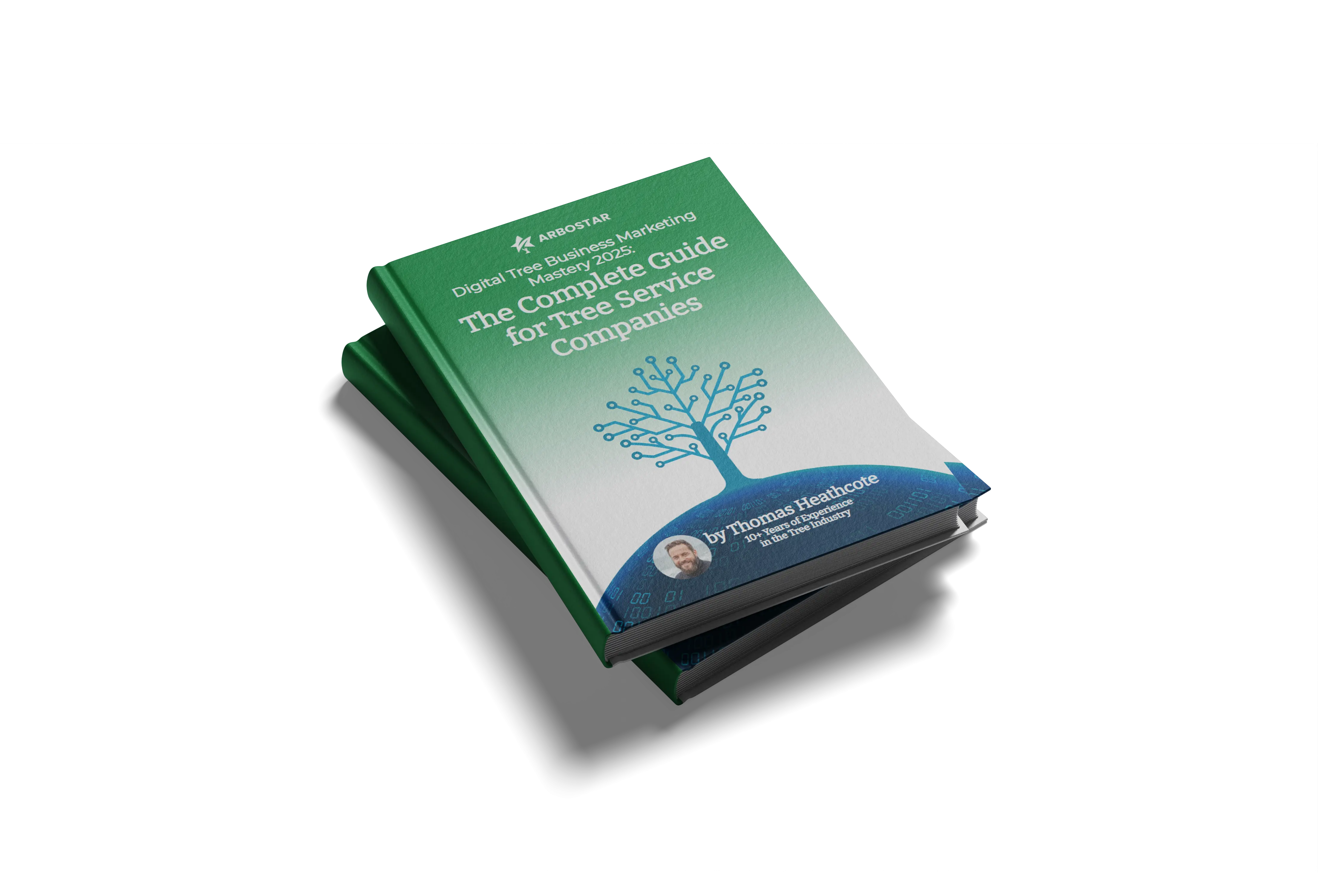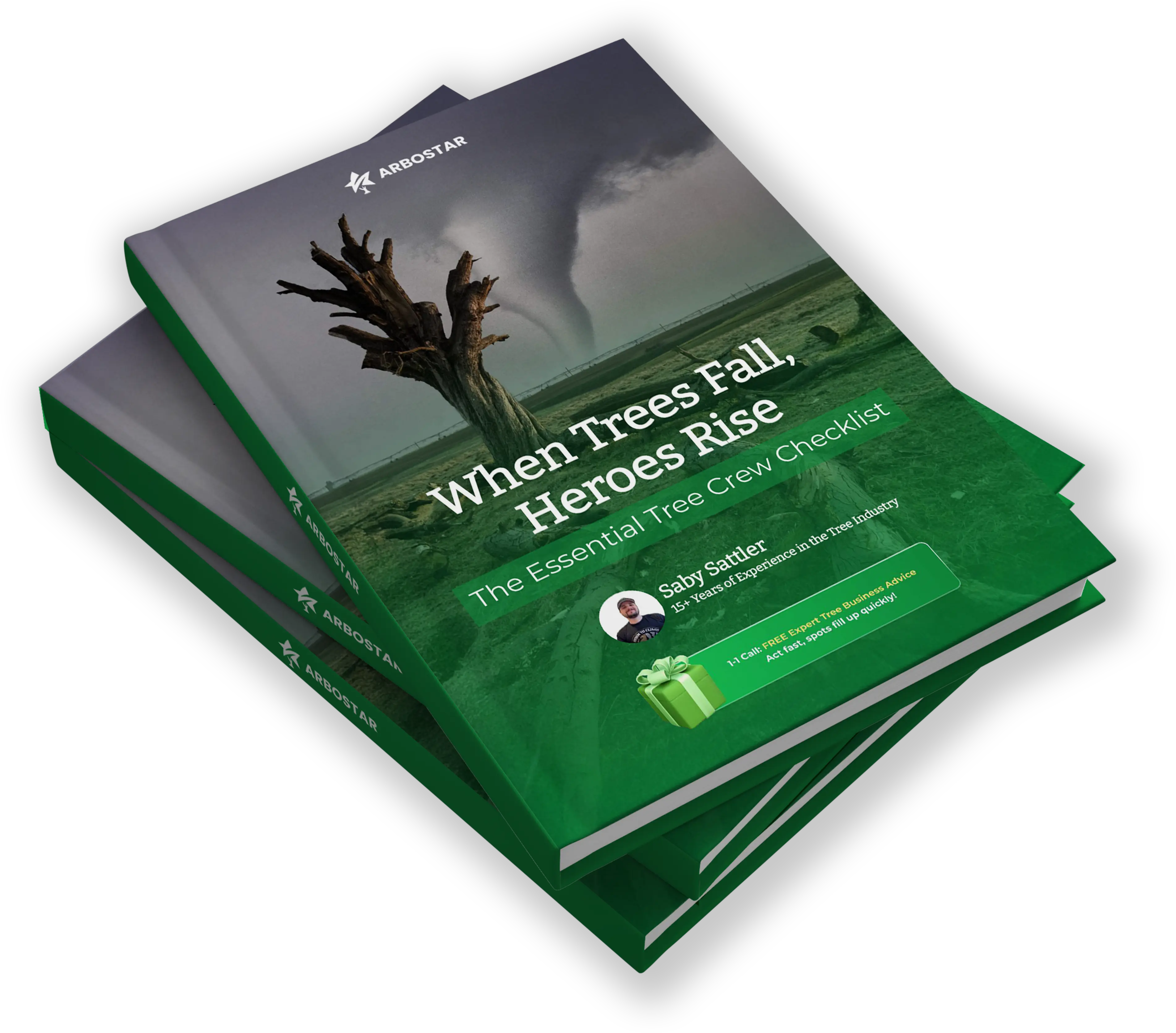Best Practices for Efficient Scheduling

Every company needs an optimally efficient schedule as a sound business principle, especially in industries like tree care where time and precision are on par with quality work. So, what does free time scheduling really mean for your business? It is not simply just a calendar but a vision that integrates and enhances workflows and maximizes employee satisfaction while also increasing profit margins.
A well-prepared plan can be the selling point of the business. Capture the attention of clients by delivering projects on the promised deadline. Time management continues to be misunderstood by many sectors even when the demand for services is growing. Keep in mind that late project deliveries will prevent the company from getting new clients.
How can scheduling be done more efficiently? Let’s work together and figure this out.
To improve scheduling efficiency, the first step is identifying the problems. Do customers often book two appointments simultaneously? What is the downtime between crews, and how bad is it? Take this opportunity to spot weaknesses and correct them as promptly as possible.
-
Plan Ahead: Following scheduling best practices, list all due dates, prioritize tasks, and leave room for unexpected challenges like bad weather or urgent jobs.
-
Know Your Team: Consider employee preferences, skill sets, and workloads. A happy team is a productive one.
-
Embrace Technology: Adopt tools like ArboStar, which offer automation, GPS tracking, and real-time communication to eliminate errors and save time.
By virtue of using these methods, you’ll not only become a pro in inefficient scheduling but also be able to take your business to newer and higher levels of scalability. Are you ready to throw away the mess and focus on effective processes? Action time is now!

What do I need to know about effective scheduling?
Effective scheduling is a dedication process of assigning time for an activity and or a task, nor is it merely an assignment—it is a science and an artistry. As it stands, the primary goal of effective scheduling is the accomplishment of tasks, resources, and time management through the necessary triad: tasks, resources, and, most crucially, time. If you do it correctly, your company will operate like a well-oiled machine. Doing it incorrectly means being perpetually in a never-ending cycle of confusion and inefficiency.
Understanding Effective Scheduling
In a nutshell, effective scheduling means making sure that every task goes along in your workflow in the correct order.But how does one go about working towards this ideal situation? Here’s how to improve scheduling process with tried-and-true strategies:
-
Set the Order: Determine which tasks are most important and make sure that resources are put behind them first. Whether it is an emergency call from a customer, or a maintenance requirement of some equipment, knowing what comes first is vital.
-
Schedule the Right People: The right job should be done by the proper crew members who are skilled for that job in particular. Do not forget the fact that if the schedule is mismatched, some time will be wasted and employees will be frustrated. The skillset of the employees should be matched with the tasks so as to enhance efficiency.
-
Communicate Better: Do not keep the crew in the dark. With regards to schedules, communication is key because it eliminates confusion among the employees as to when they need to be somewhere, what needs to be done and where, and when they need to do it. It is important to keep everyone on the same page and to reduce confusion while developing the scheduling process.
-
Use Smart Tools: In regards to scheduling, smart tools significantly assist in achieving the perfect schedule. Make sure you have scheduling systems that integrate with calendars, send notifications to relevant team members, and make the changes if necessary on their own. ArboStar is one of the platforms that indubitably helps you in doing this.
-
Conduct Regular Reviews: Schedules are suggestions, not the law. If schedules were more of a checklist than a sequence of steps, I’d recommend a schedule approach for efficiently managing projects for achieving goals that are time-worthy. Regular evaluation leads to self-renewal.
Perfect attention to those components makes regulated time an advantage not only over the competitors, but within the organization as well.
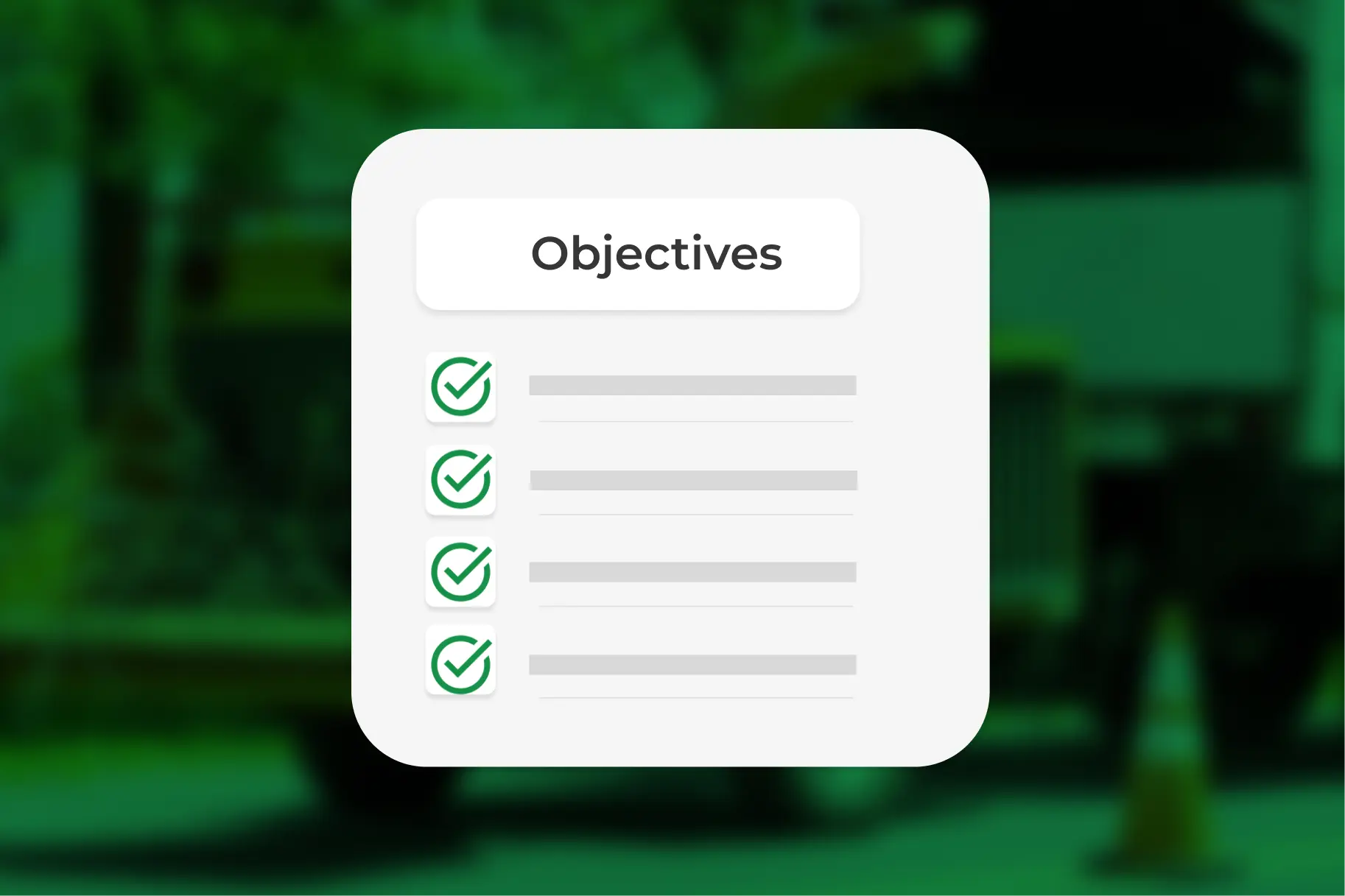
How can businesses ensure optimal utilization of schedules?
Scheduling at its best is not merely allocating work, it is about utilization of all resources and synchronizing the team like an orchestra. Good scheduling is not just about assigning tasks but also about utilizing resources effectively and keeping the team in harmony.
How To Optimize Schedule Utilization For Your Business
Ever wondered what it might feel like to have the killer instinct to make schedules work for people? Try these recommendations:
-
Develop Quantifiable Objectives: There is one task in this project that remains constant: it is the scheduling itself.Each schedule must adhere to a Sankey chart in order to be considered acceptable. So for example, set the quality task completion target to 90 % in a given day or reduction of seeker time to 20 % over one week. This pattern makes it possible to create performance indicators and analyze PBT loss which can help in identifying causes of losses.
-
Expect the Inadvertent: Maternity leave, illness, breakdown leave, job coming in that you didn’t expect- these are all a part of work and in real life. To avoid these interferences in workflow, it is a good idea to formulate containment strategies whereby some resources can efficiently work and not the whole.
-
Train Employees on Scheduling: There is no point in developing a schedule only to have the team not follow it. Teach employees to read the schedule, make changes, and follow it up to the letter. This may require running training on how to use the scheduling program or emphasizing the need to be on time and ready for duties.
-
Use Analytics for Insights: Scheduling is a cut-and-dry task that you just don’t do once and forget. Examine your scheduling records for unusual reoccurrences, like the same time being a bottleneck or a time with an open market never being utilized. Tools like ArboStar's scheduling module can provide these insights, helping you refine your process.
-
Try Proven Techniques: Use staggered shifts to help abate peak time interference as well as task batching to save time by performing similar activities together. For example, prune jobs in a zone to restrict movement and ensure that resources are efficiently used.
These ‘employee scheduling best practices’ therefore make sure that your schedules are more than simply a logistical component in the process. Rather, they become an asset that saves time, increases the productivity of the organization, and ensures that the employees remain content and focused throughout the activities.
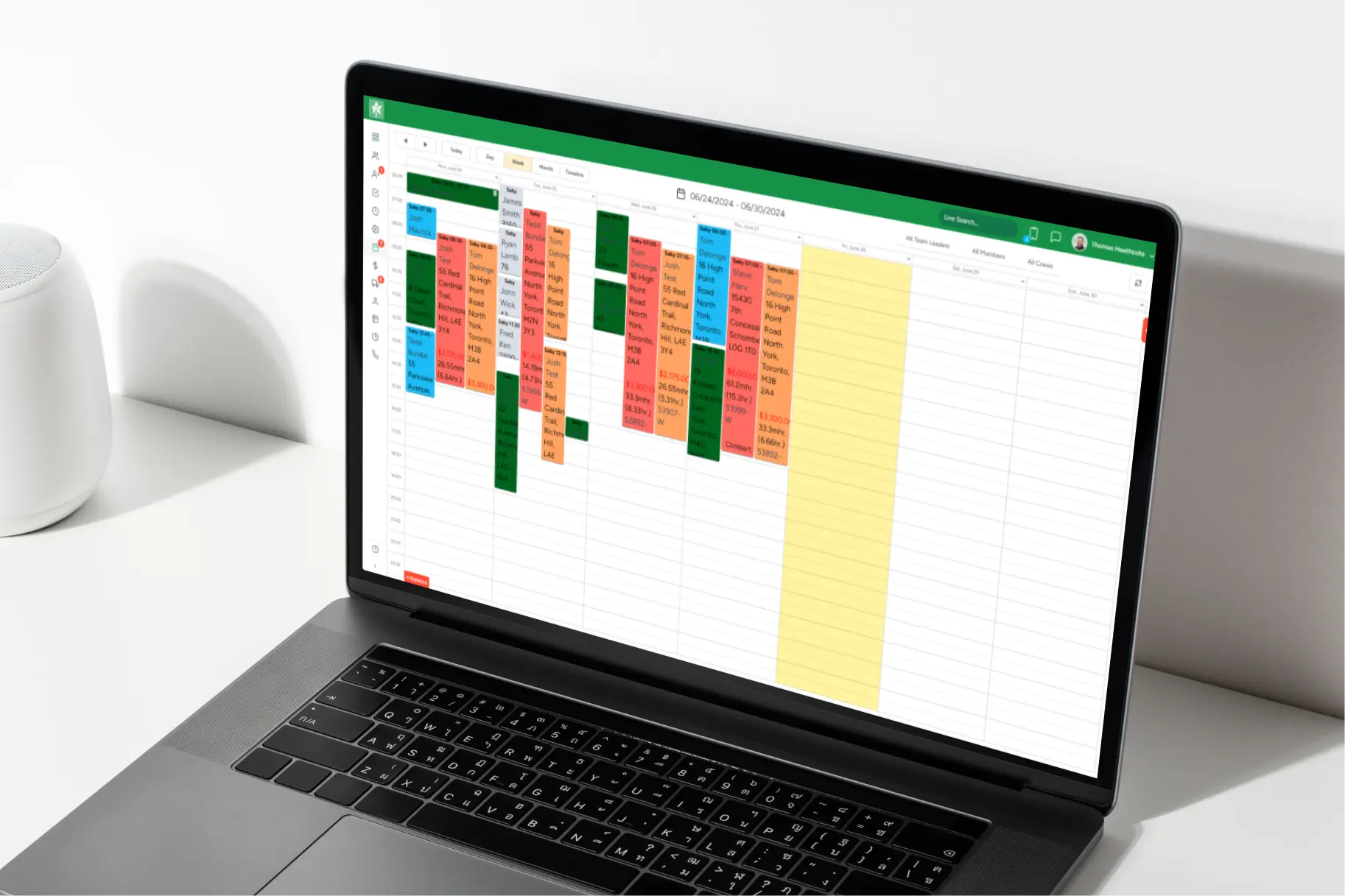
What practices should individuals adopt for efficient scheduling?
As in trying to pull off a choreographed dance, your brain must have a detailed idea of what your body or the team’s aims are. It is an entire focus on individuals and how they manage their time. When employees and managers can master personal scheduling techniques, it helps to enhance their productivity and that of the organization. After all, effective scheduling of employees starts by teaching employees how to schedule themselves like champs.
Individuals Heightened Scheduling Techniques
-
Perform a time-block for client follow-ups: Designate a particular time frame of the day to accomplish set tasks. For instance, allocate 9 am to 10 am as the time to follow up with clients or make it a rule to leave assessing tree structures complex ones for post-lunch hours. This scheduling technique alleviates interruptions and channels one's effort into the essential aspects.
-
Discover the new queen of all tasks: From now on the Eisenhower matrix will define who the queen of all tasks is. Make a list of ‘to-do’ items across four quadrants-one that is very urgent and important, very important but not impending, close to being emerging but not considerably important, and not both important and emerging. This best approach for igniting effectiveness and avoiding inefficiency.
-
Embrace the world of technology: Applications and electronic devices can assist one in performing tasks and achieving deadlines. Apps such as ArboStar’s scheduling tools, can help provide reminders, allow for groups to connect on a calendar, list tasks and roles, and help ensure timely completion of tasks.
-
Maintain Your Work-Life Harmony: Planning is not about squeezing in more activities. Efficient employee scheduling entails giving individuals time out for breaks, personal development, and a mental reset. Have your employees practice keeping limits, like putting their phones on do not disturb mode after working hours or allocating time off for their interests.
With the use of these scheduling methods, individuals will also be able to manage their time better while being under less stress. This not only improves their performance but also improves the organizational performance within your company. If workers and bosses do their jobs well, the good practices of scheduling will spread from one person to the rest of the team, which makes things easier and employees more content and focused.
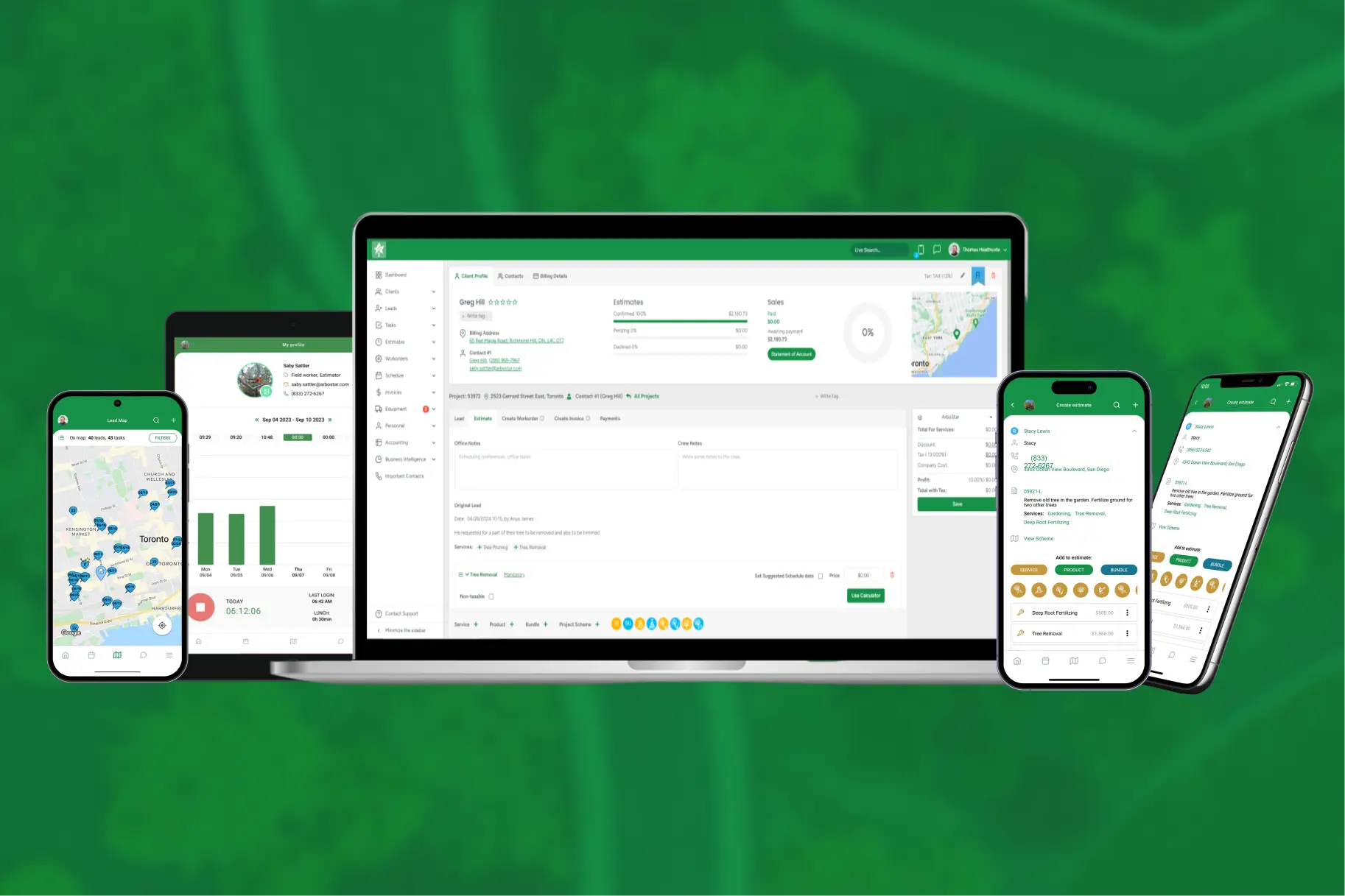
Which tools and techniques can enhance scheduling efficiency?
For efficient scheduling, the purpose lies in ensuring relevant tools are combined with strategies for optimum utilization of every resource in the scheduling process. Be it people working in the field or performing tasks in the office, understanding how to schedule employees effectively is essential for saving time, reducing stress, and boosting productivity.
Efficient Scheduling: Ideas and Suggested Implementations
1. The Role of Smart Software:
Every Wavemaker will agree with the broad statements about modern scheduling platforms – They are revolutionary. Tools such as ArboStar, Google Calendar, and Asana seem to enhance the scheduling making it easier with such capabilities as auto reminders, drag-and-drop task assignments, and priority markers. ArboStar provides drive care businesses with the specific tools they need—a customizable schedule for their crews and task tracking—which is very helpful in regards to the organization.
2. Complex Tools for Scheduling Precision:
Scheduling tools online come with GPS tracking that allows you to see the location of your assets in real-time; therefore, where the assets are is not an issue. Another great benefit of this is mobile use, so large planning teams are able to collaborate without being in person. Moreover, newer scheduling tools allow live updates which would allow you to quickly change the scheduling according to your requirements.
3. “Just-in-time” Scheduling:
It comes in handy for businesses that have a lot of fleets or for those relying heavily on raw materials - “just in time” scheduling. It ushers no or limited downtime by optimizing the required resources both about time and location, thereby, allowing for neither over-scheduling nor under-utilization of the required assets.
4. Simple to use and Mobile:
Albeit great tools that will help your team a lot, yet one doesn’t become a tech guru. Thus, always go for a user-friendly interface When the crew’s work platforms/tools are mobile, scheduling can be updated easily in real time and people can make changes even while on the move.
Therefore, you should make use of the best practices to increase your productivity by implementing effective time scheduling that results in less stress at work and a more satisfied workforce. Always keep in mind the goal is not to work more, but to schedule yourself more efficiently.


